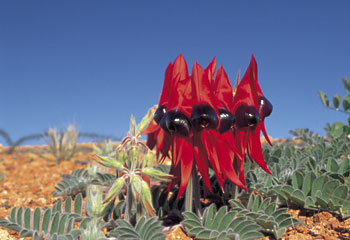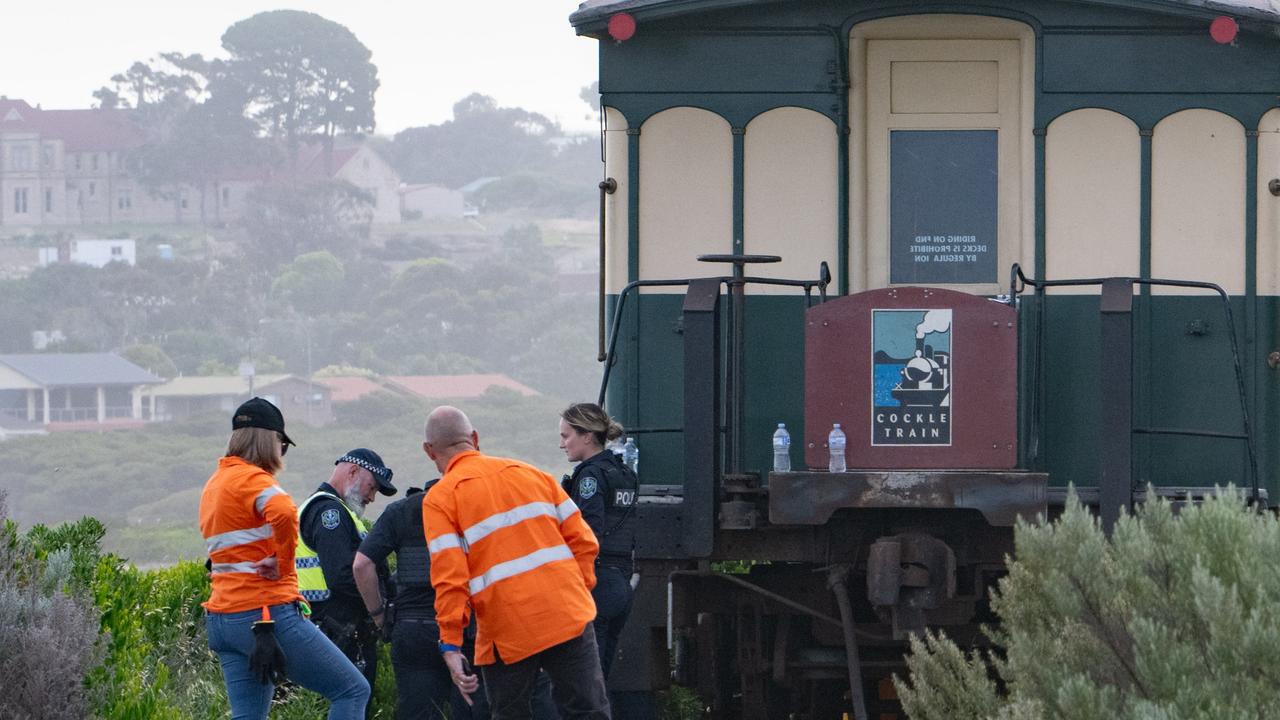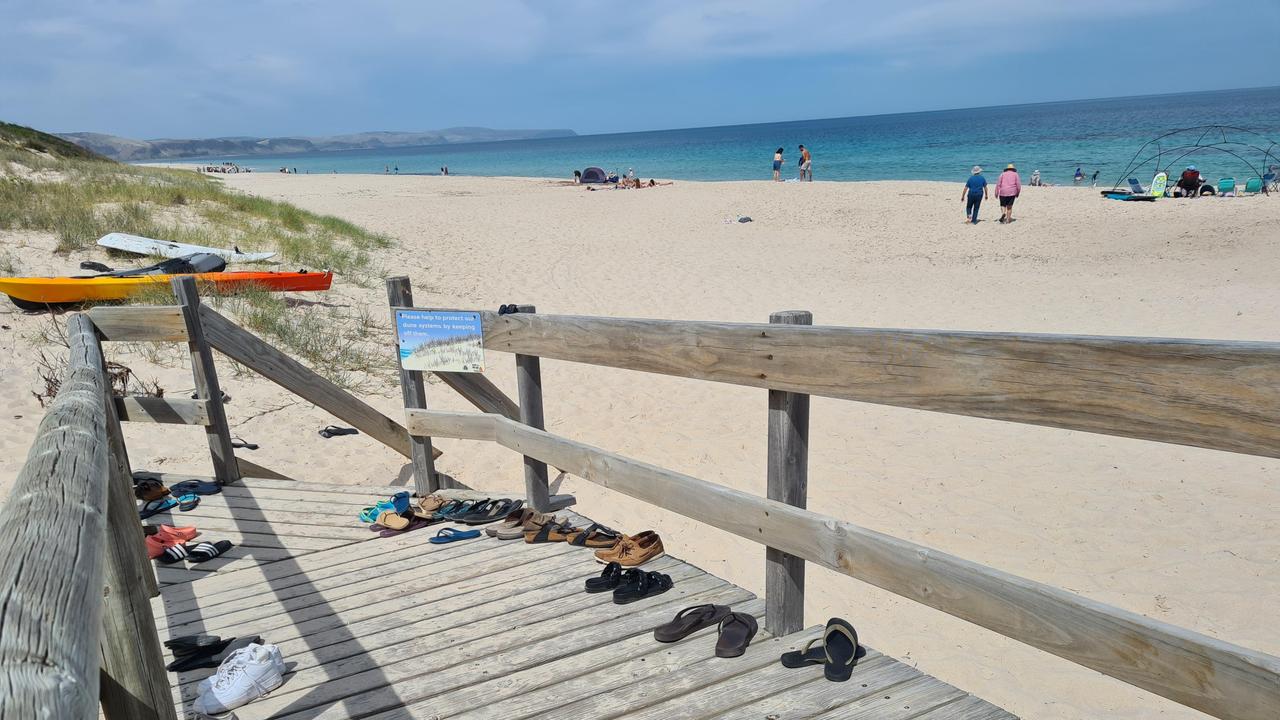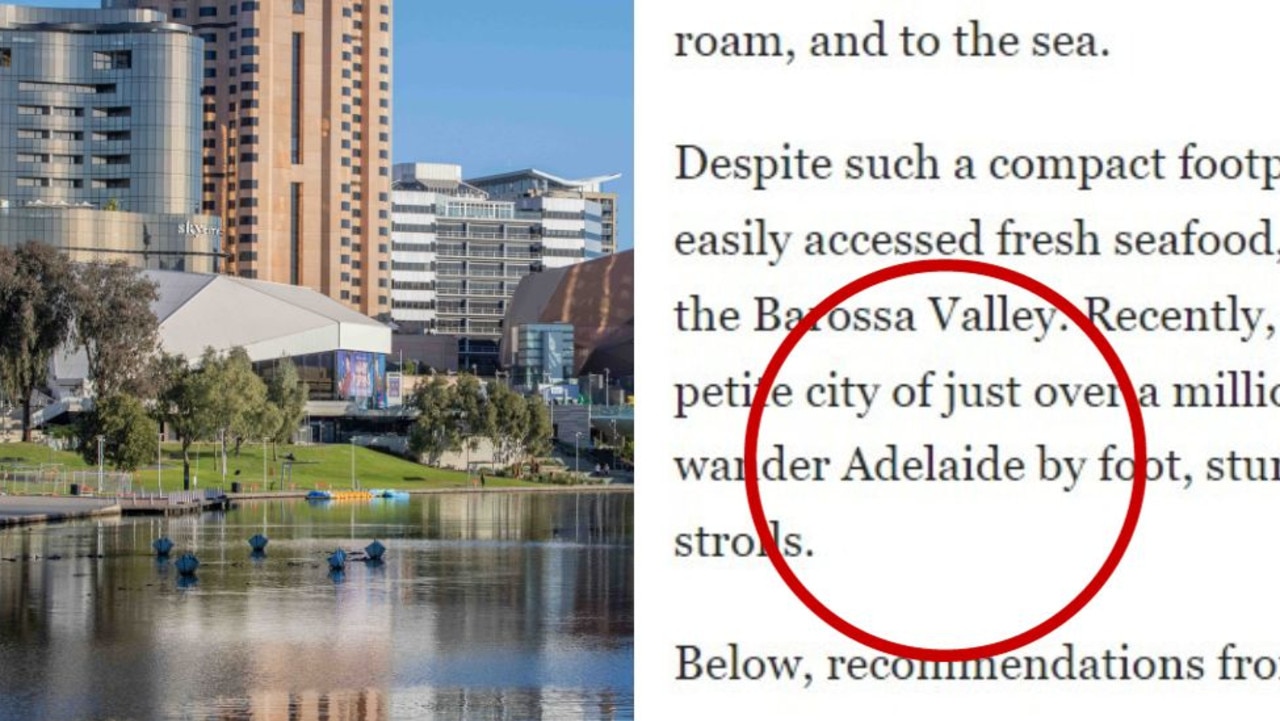Aboriginal 'etchings' draw in art-lovers
DISCOVER Aboriginal history and wildlife on a guided gorge tour in South Australia's rugged Flinders Ranges, writes Chris Pritchard.

"COME up and see my etchings," suggests Haydyn Bromley and, since the artwork is 40,000 years old, it seems churlish not to accept his invitation.
Aboriginal etchings are a highlight of Flinders Ranges tours led by Bromley, whose own Aboriginal heritage helps him in running Bookabee Tours, an Adelaide-based company.
Most of the time, Bromley – who has received several awards for his work – leads these four-wheel-drive tours himself.
He peppers his commentary with legends handed down in the oral history of the Adnyamathanha people, traditional custodians of the arid land in these parts.
In towns such as Port Augusta, Hawker and Quorn – visited on his safaris – Bromley inevitably bumps into a distant relative and introduces his guests to shoot the breeze.
South Australia's country towns ooze history and grand colonial architecture.
Quorn, for instance, is home to a volunteer-run heritage train system, the narrow-gauge Pichi Richi Railway, which operates between the town and Port Augusta.
Bromley drives his guests to the Wadlata Outback Centre in Port Augusta, an innovative and interactive museum, for a worthwhile introduction to the area's Aboriginal history.
But he's soon off paved highways and heading down dusty back roads where shingleback lizards insist on dicing with death as they slowly cross.
We see dozens of them and Bromley assures us that lizard numbers are not threatened.
Aboriginal history and the wildlife somehow prove easy companions on Bromley's tours.
Down one lonely gorge, near Wilpena Pound, we trudge beneath circling eagles. No other human visitors are present. Native parrots screech in the trees. A feral billy goat stands atop a lone rock far above us and emits non-stop cries that accentuate an eerie atmosphere.
The attraction luring Bromley's party is the gorge's enormous stock of Aboriginal etchings – hundreds of them, on rocks on both sides of us. Strangely, their presence is little-known.
This, explains Bromley, was an ancient Aboriginal trading route. A stream of people passed this way and camped, typically for many weeks. During these sojourns they would etch on the rocks, creating renditions of people, kangaroos, lizards, snakes and other creatures.
Much of this work remains clearly visible to today's visitors. "Experts have dated them at around 40,000 years," Bromley reveals. "But who knows? Even if they're 30,000 years old, they're ancient."
Not far away, yet another gorge awaits. This time it is contemporary wildlife that beckons, rather than evidence of a rich history.
Male emus – whose role it is to raise the young – lead chicks across open countryside. Soon we reach an area wedged between two cliffs. This is the home of endangered yellow-footed rock wallabies.
Eighteen of these delicate-looking marsupials gather on sloping rocks.
It is growing dark and Bromley all but strong-arms us into leaving these delightful animals and heading back to Wilpena Pound.



